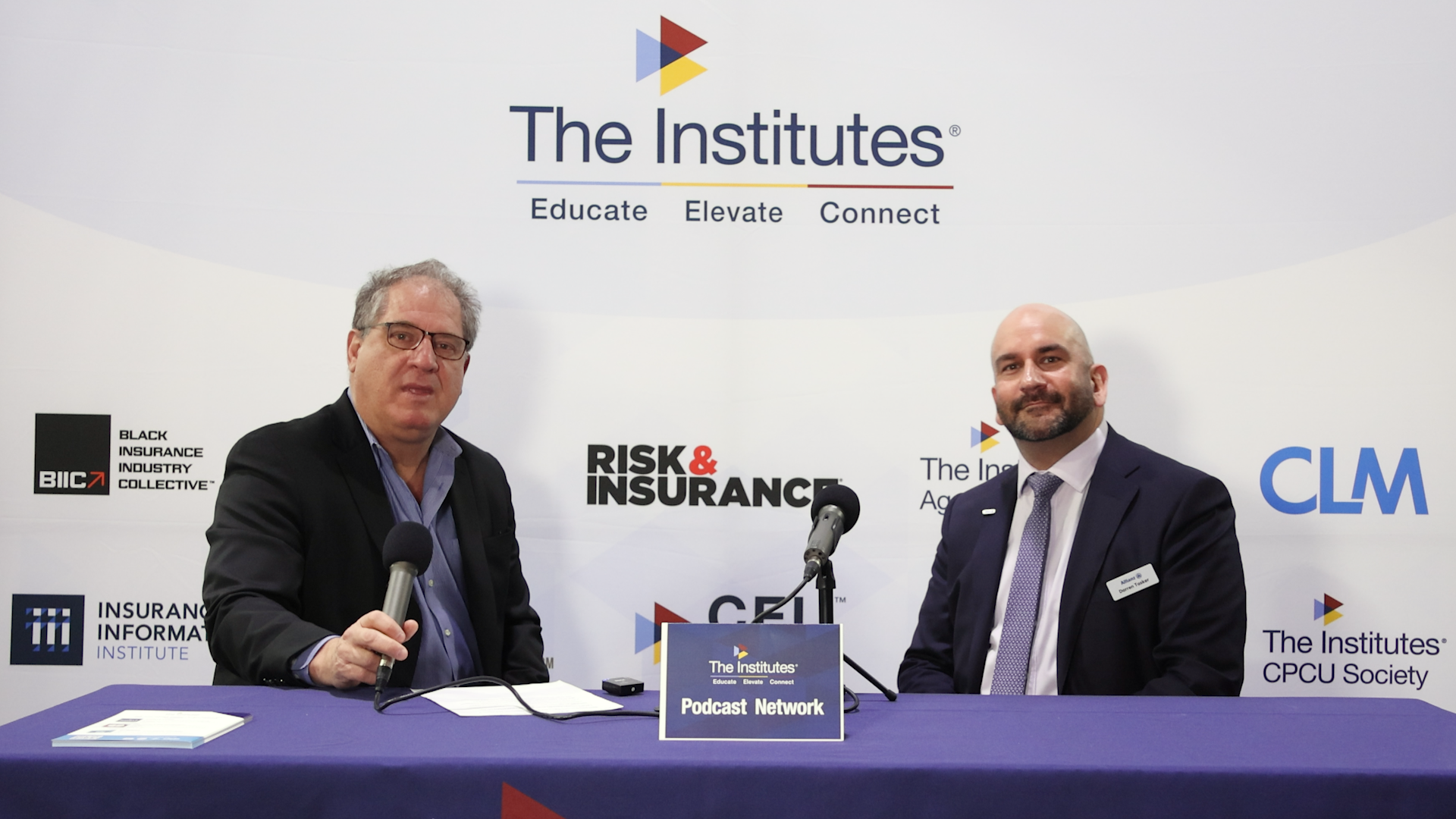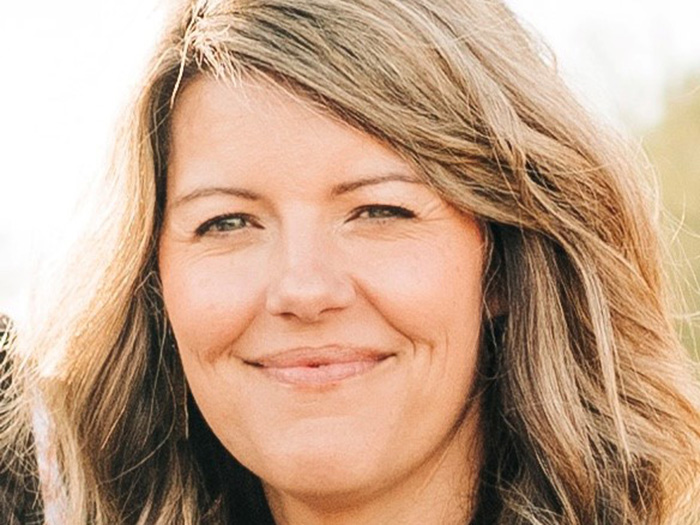It’s Time to Standardize Health Care for Workers’ Comp Patients. That Starts with More Spanish-Speaking Nurses

Even before COVID-19, Maggie Alvarez-Miller, RN, CMM, couldn’t hire enough native Spanish-speaking nurses to treat her disproportionately Latinx workers’ compensation patients, many of whom were employed in industries that require manual labor: agriculture, food processing, manufacturing and warehouse operations.
COVID amplified the disproportion as the same number of Spanish-speaking nurses – sometimes fewer – treated many more patients from hard-hit industries, where workers often stand shoulder to shoulder, unable to maintain a safe social distance.
The problem is likely to continue worsening even after the pandemic subsides.
The 2020 census found that the Latinx population in the U.S. grew 23% since 2010. But of the 3.3 million registered nurses, only 5.7 % are Latino or Latina, according to a 2017 Department of Health and Human Services study.
“That’s a very small percent of nurses serving a very large population,” Alvarez-Miller said. She is a medical cost containment consultant with Aptus Risk Solutions.
COVID-19 made the numbers even more dismal as health care workers left the profession in droves while demand for health care skyrocketed. Nearly 20% of health care staff have quit since February 2020 and another 12% were laid off, totaling nearly half a million workers, according to the Bureau of Labor Statistics.
This cultural gap between nurses and their patients can lead to care disparities: “When there are linguistic and cultural gaps in health care, treatment suffers,” said Allison Squires, FAAN, PhD, RN, associate professor of nursing, New York University.
The National Center for Biotechnology Information reports that miscommunication between provider and patient can compromise accurate diagnosis and therapeutic instructions, appropriate advice and caring relationships with patients.
And when injured workers and their families feel disconnected, misunderstood, or alienated from the medical treatment their employer provides, they lawyer up, Alvarez-Miller noted.
Reasons for Concern
Health care providers, the insurance industry and risk managers have reason to be concerned. First, Alvarez-Miller projects Latinx workers to account for one-third of the workforce by 2050.
Many will be performing higher-risk, manual labor in the industries with high workers’ compensation claim rates.
Latinx make up 30% of people employed in the construction industry; 24.2% of those employed in the agricultural sector; and 17% of mining, quarrying and oil and gas extraction, according to 2020 data from the Bureau of Labor Statistics.
Second, federal law requires health care providers to provide culturally and linguistically appropriate services, and any lapse in vigilance opens the door to patient lawsuits. The civil rights provisions of the Affordable Care Act (ACA) ensure meaningful access for individuals with limited English proficiency.
Experts disagree on where to draw the line between perfect care and expedience that may divert a health care crisis.
Traditionally, Squires said, “a health care employer might ask casually, ‘Do you speak the language? Come in and interpret.’ Interpreters should have formal training and assessment. It’s supposed to happen, but it doesn’t happen as frequently as it should.”
In addition, the ACA penalizes health care organizations for hospital readmittances and rewards them financially for high levels of patient satisfaction, said Michael Fix, senior fellow at the Migration Policy Institute, a think tank that advocates for immigration policy reform and offers human services for immigrants. Patient satisfaction and outcomes “depend on a high level of language and communication skills.”
Given that a very small subset of the nation’s health care workforce is Hispanic or Latino – only 4.8%, according to magazine “Minority Nurse” – solutions can’t depend solely on training and recruiting more native and legacy Spanish-speaking nurses, said Antonia M. Villarruel, PhD, RN, FAAN, professor of nursing, University of Pennsylvania.
The barriers to entering the profession remain high, she said, as the costs of higher education are rising and many public high schools in the U.S. offer substandard science curricula.
In addition, many nursing professors in chronically understaffed nursing programs left their teaching positions for more lucrative nursing practices, leaving even smaller capacity for incoming students.
The country doesn’t have enough clinical education training sites, Squires said. “Nursing programs have already turned away 80,000 applicants from nursing programs because of lack of teaching staff and placement spots. To compensate, some schools shifted to simulation-based education.”
By using up to 50% simulation-based education, nursing schools can double the size of graduating classes, Squires said, without impairing competence or pass rates on licensure exams.
Nursing and medical education adopted more simulation two years ago in response to COVID-19 restrictions in clinical sites. She expects simulated-based training to stick.
A few schools, such as the University of Pennsylvania, offer no-loan need-based tuition assistance at the undergraduate level.
The university’s nursing program “is pretty diverse because the actual price is relatively low, maybe cheaper than community colleges,” Villarruel said.
To help bring Latinx nurses into the profession, Hispanic Star and NurseHeroes.org partnered to create Hispanic Star Nurse Heroes, a program to raise funds for one thousand scholarships. The program’s website notes that one million new nurses are needed to prevent further shortfalls.
Many Solutions, None Easy
Other solutions include on-site interpreters in health care settings and through Zoom or other remote technology platforms.
Both have advantages and disadvantages, Villarruel said. Translators should have adequate training and certifications in medical terminology.
She herself, fluent in Spanish and medical language, has been called away from her own patients to provide interpretation services for another patient’s care. In the meantime, “no one was taking care of my patients.”
Furthermore, she said, not all patients, especially poor and rural patients, have access to the high-speed internet that telemedicine requires.
Translators and interpreters don’t always consider cultural nuances, Alvarez-Miller said. Many translators who offer telephonic services are from Spain and the Philippines, where cultures are very different from the Spanish speakers in the United States, who often come from Central, South American and Caribbean nations.
“If we teach cultural literacy to all nurses, they will better understand how culture affects healing,” Alvarez-Miller said.
Food is often a cultural trap, added Squires, that can trip patient satisfaction alarms. “Everyone complains about hospital food. It’s even worse when the food isn’t part of your culture,” she said.
When making dietary recommendations, nurses without awareness of the differences between Latinx cultures can also make errors that frustrate patients.
Squires recalls one instance in which Puerto Rican and Dominican patients – the dominant Latinx populations in New York where she teaches – were told not to eat tortillas. “Tortillas aren’t part of those cuisines,” she said.
In these cases, culturally competent nurses who speak Spanish as a first language could be of help. Nurses might not have to be fully fluent in English to add value, Fix said, but could take medically focused language courses.
“They don’t need to be able to read Shakespeare. They need to know how to say ‘rash,’ the names of medical instruments and how to do their jobs,” he said.
The country has a large untapped talent pool already in residence, Fix said: 270,000 un- and underemployed immigrant health care workers, most of whom were trained in their countries of origin but are not licensed to practice in the United States.
Many work as waiters, cab drivers and low-wage earners in nursing homes. Among refugees who do have documentary evidence of their equivalent training, “may not be thinking about grabbing their credentials when they leave in a hurry,” Squires said.
A few states, such as Illinois, Washington, Minnesota and Maine are “grappling with licensure issues” to create pathways for those doctors and nurses to practice and eventually earn licenses, Fix said.
Those states also provide funds for training, developing contextualized English language proficiency and subsidies for expensive licensing exams.
In the absence of conclusive research, he said, it remains unknown whether providers who are native Spanish speakers produce better medical outcomes than fluent speakers.
With such a study, which he suggests could serve insurance companies’ best interests, “the industry could press at the state level to ease licensure barriers for internationally trained nurses and doctors.”
The industry could also, he said, support a study of regulatory barriers for internationally trained nurses and doctors. “Those studies would be the tip of the iceberg for bringing much-needed, underemployed health care providers back to their professions.” &










